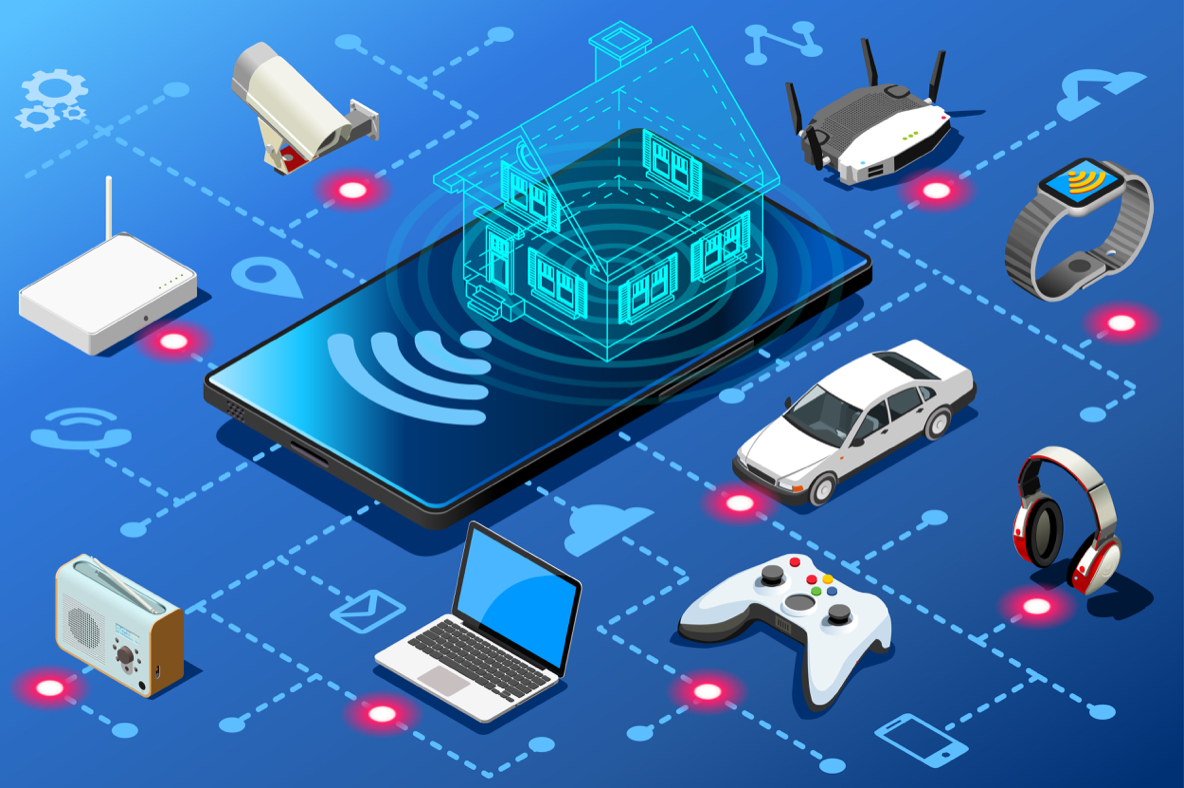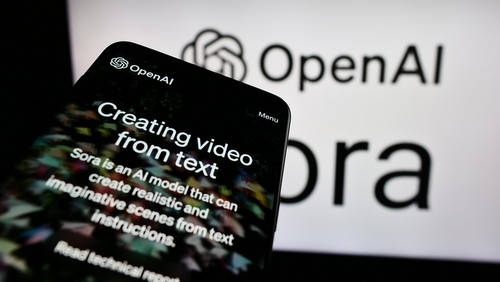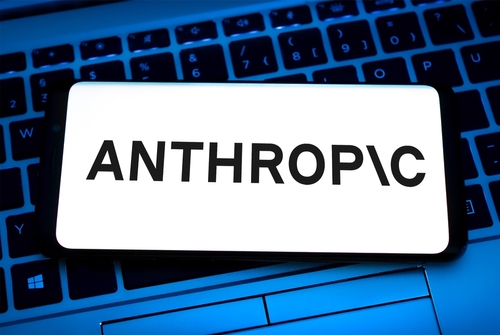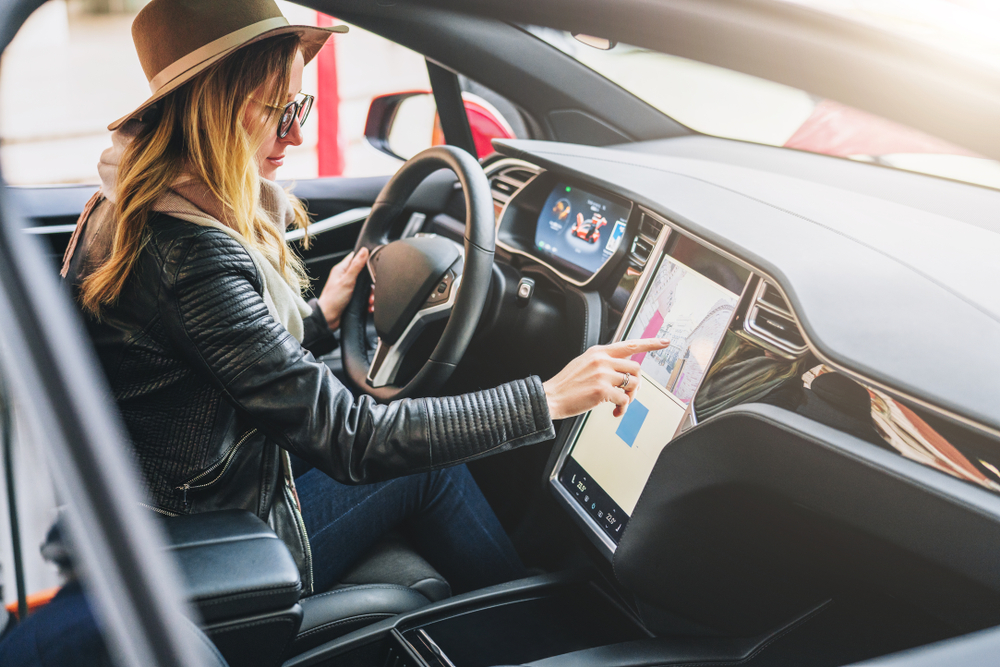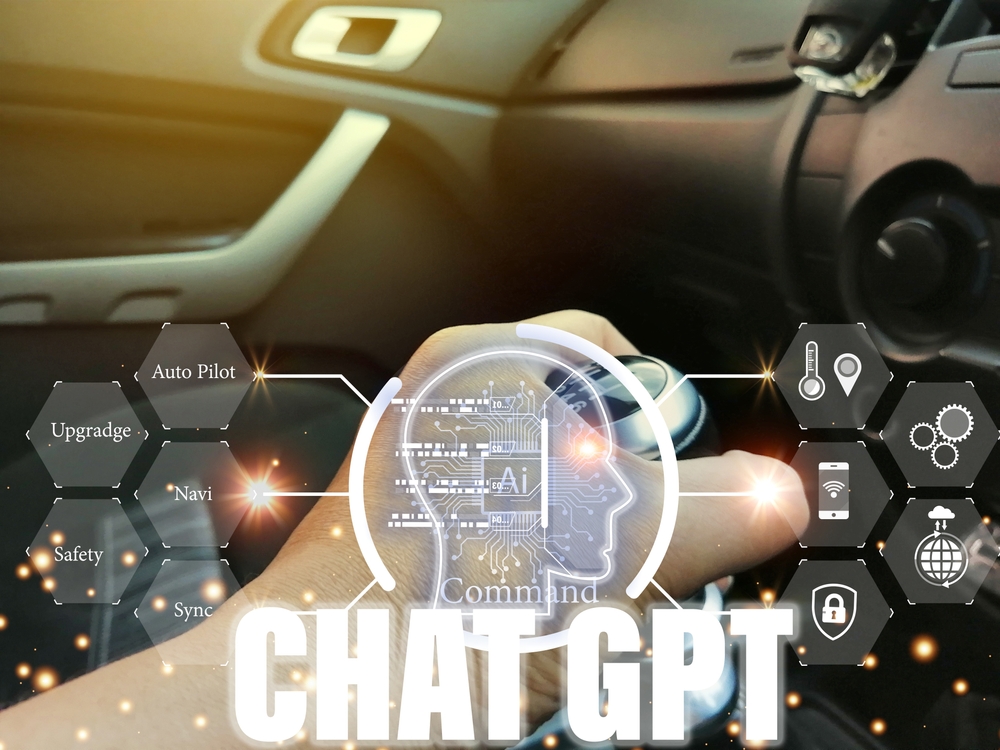The future of customer experience is staring us in the face. Augmented Reality will bring the store into our homes. Chatbots will become intuitively conversational. 3D Printing will deliver customised and locally made goods. Mobile & wearable devices will become embeddable. Biometric and embedded payment systems will become passé. Blockchain technology will help end fake news sources. Voice search will revolutionize how customers interact with brands, offering a seamless and intuitive way to find information and make purchases.
Embracing Technology and the Rise of Voice Search in Consumer Behavior
From mobile phones to smart home assistants, consumers have embraced technology with open arms. According to Futurum Research, more than 37% of consumers in the US have three or more mobile phones in their home. 35% of households have two or more smart devices – Alexa, Google Home. 13% of households have three or more wearable devices. 39% of households have purchased an augmented or virtual reality device. 29% of consumers use three or more banking, finance, or payment apps. These trends are also evident in Indian markets. Technologies like Edge Computing, Cloud, IoT, and Blockchain are enabling trusted and transparent transactions, while voice search is becoming a powerful tool to create customized customer experiences.
Technologies like smart speakers, digital signage, VR, beacons, and wearable devices are all providing huge opportunities to drive great engagement stories with AI-enabled experiences in-store and even in homes and vehicles.
Connected devices and technology will develop a richer experience with a brand. It will also make the product features more accessible. Brands will have to invest in technologies that will elevate the consumer experience to a new level. Personal technology, such as wearables, smart phones, and embedded smart assistants, will play a very important role in how brands engage with consumers.
We are slowly but surely moving computing to the edge to drive real-time insights on consumer behaviour and needs. From wearable devices to embedded technology to augmented reality, these technologies will capture and leverage behavioural insights to provide immersive customer experiences. Smart technologies like AI, ML and predictive analytics are already providing intelligence to scale data insights, enabling just in time conversations and adding context to real time consumer experiences both online and in person. As sensors and IoT devices increase in sophistication brands will have the ability to engage almost continuously or on demand with consumers and that too with real time data at their disposal. This shared data between consumers and brands will only enhance the customer single view and customer experience.
Leveraging Voice Search and Smart Voice Assistant Technologies for Customer Engagement
The growing popularity of smart voice assistants like Alexa, Google Home, and Siri is giving brands innovative ways to interact with their customers. Many brands have developed “skills” for Amazon’s Alexa virtual assistant platform. Fitness enthusiasts can use Alexa skills to create workouts or plan healthy meals, while movie lovers can request Alexa to stream their favorite films on Amazon Prime.
Wearable technology, from visual overlays on eyewear to audio updates on Bluetooth headsets and smartwatches, offers numerous opportunities to enhance omnichannel marketing strategies. These devices can gather data on a user’s in-store experience, such as the items they browse, time spent in-store, or the average value of their purchases. Combined with voice search, these technologies enable brands to deliver personalized messages, enhancing customer experiences and driving engagement.
Voice Search: Transforming Customer Insights Through Smart Devices
From smartwatches to smart refrigerators to smart toothbrushes to smart diapers to smart coffee makers – every one of them leverages voice search technology to provide an opportunity to improve customer experience. Brands will not only gain a clearer picture of the consumer’s journey but also understand how products are being used, which features are most relevant, how the brand fits into the connected devices ecosystem, and, more importantly, what other products and adjacent services can be sold.
Connected devices will change the role of marketing. Brands and products will become channels. A new way of thinking for Marketers will be the order of the day. Marketers will have to evolve as people, devices, and digital infrastructure get connected.


